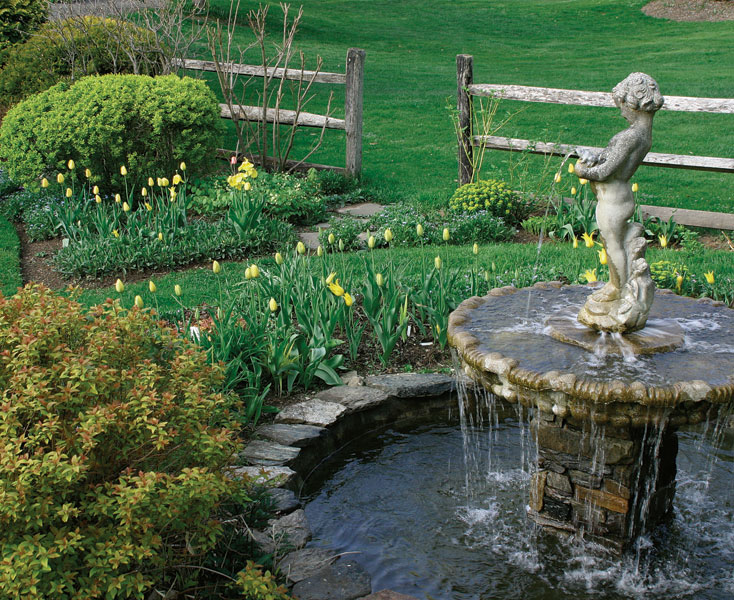

This moonlight garden must-have is honeysuckle because not only does this wonderful plant smell delightful, it is perfect for attracting pollinators such as butterflies in the summertime and cooling down temperatures near any patio where they’re planted during hot days. Dogs, cats, goats, cattle, sheep, rabbits, and horses can be affected by Oleander. Is Oleander Poisonous? It’s toxic to many species of animals. As it enters dormancy, cut the plant back by one-third of its size to reduce moisture loss through transpiration and watch for signs of frost damage before taking action accordingly.
#Moonlight garden how to#
How to Care for Oleander: In summer, fertilize three times a year with a fertilizer high in nitrogen or ammoniacal nitrogen water daily if no rain is present pinch back any spent blooms as they appear so new buds can emerge. Avoid planting anywhere that freezes in winter.

#Moonlight garden full#
Ideal Planting Conditions: Full sun and moist but well-drained soil. Oleanders also have an unusual blooming cycle where new buds emerge with each passing day for about two weeks before opening-giving you plenty of time to enjoy them! These roses can vary in shade but always show off their beautiful blossoms in clusters on arching branches that look like fireworks bursting into blossoms. Oleander is one of the easiest plants to grow from seed or transplanting as it does well both indoors and out. It needs water like any other plant so keep it watered but not over-watered make sure they are draining properly and pulling out weeds that may be competing for food.Īre Shasta Daisies Poisonous? Shasta Daisies daisies are less toxic than most other plants we’ve listed for this post but are known to irritate some cats and dogs, as well as being poisonous if consumed in high doses. Remove dead blooms to lengthen the bloom time of your moonlight garden. How to care for Shasta Daisies: Plant in a well-draining location with sun or partial shade. Shasta daisies are very hearty and can grow in some of the coldest growing zones in North American and keep coming back year after year.īloom time: Mid-summer to the first frost. Subsequent years will reward your moonlight garden with billows of soft white petals that bloom until frost. Though your first year may be short on blooms, Shasta daisies are very easy to start from seed. The bright white petals and heavy flower heads make a dramatic show against a dark background. Shasta daisies make excellent moonlight plants.


 0 kommentar(er)
0 kommentar(er)
